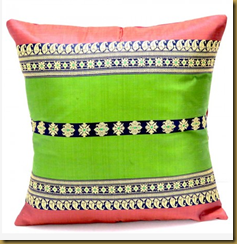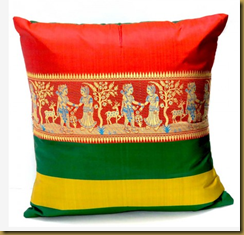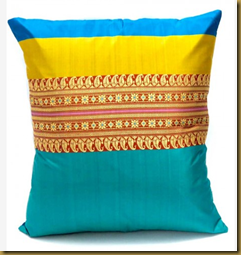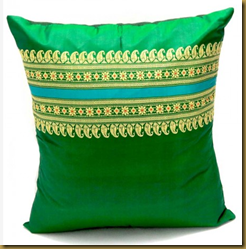Intricate Baluchari saris are works of art
woven in silk. The borders and pallu are embellished with exquisite motifs inspired by the epics,
mythology and traditional texts, as also scenes from courtly life. Each panel
of these delicately woven sarees tells a timeless story. A single sari can
depict an entire episode from the Mahabharata or Ramayana, woven into its
border and pallu. The magical weaves with their centuries-old tradition
continue to enchant through generations. They take pride of place in the
heirloom collection of Bengali women.
With more use of stoles/shawls
in the modern world, the making of Stoles along with sarees can be a precious
possession for many more women. A saree has a width of 45” and the two lengthwise
borders, which when removed, gives a loom with
36” fabric, which can be converted into stoles.
The various motifs are first
drawn on graph paper, then converted into punch cards that are sewn together
and attached to the loom for weaving. Every design on a saree or stole has
different sets of punched cards.
The designs can be repeated many times as the same set of punched cards are used over and over again in a saree. The price of a saree is also subjected to the intricacy of weave. Which implies a dupatta, with the mythological weave throughout, is royal and very expensive..
Warp is generally the
Bangalore silk and the weft is silk yarn procured from Malda. Setting of Dark
coloured yarns like Black and navy blue as weft, gives the traditional and bright Indian
colours to the Baluchari sarees.
The staple yarn from local
market of Bankura gave us the cotton silk fabric with Baluchari weave. Yet the
warp and weft yarns, where weaving of designs was taking place, is the same as
original Baluchari fabric to retain the royal and intricate work in original size.





































